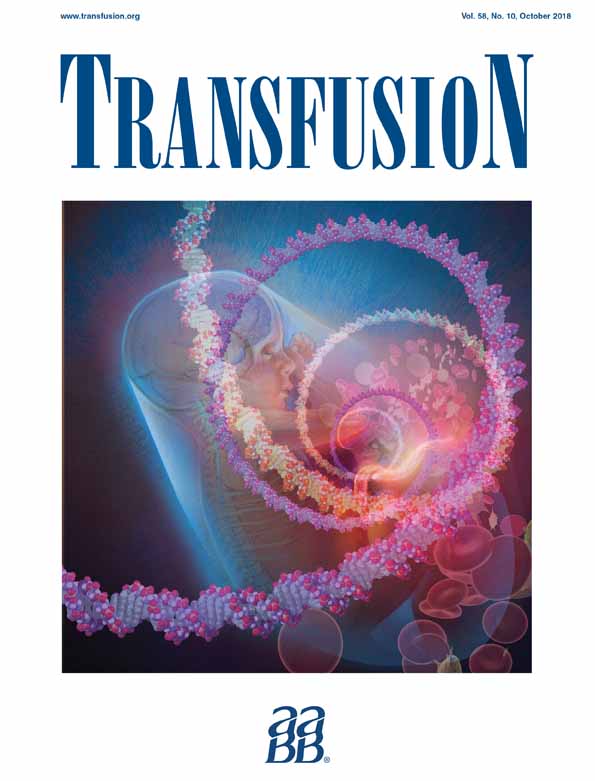Iron overload is correlated with impaired autologous stem cell mobilization and survival in acute myeloid leukemia
Abstract
BACKGROUND
Patients with acute myeloid leukemia (AML) undergoing consolidation with autologous stem cell transplantation (ASCT) depend on the successful mobilization of peripheral blood stem cells. However, the factors affecting the mobilization potential in AML patients and, in particular, the effect of transfusion-related iron overload on peripheral blood stem cell mobilization are largely unknown.
STUDY DESIGN AND METHODS
We investigated the association of varying levels of iron overload and stem cell mobilization efficacy in consecutive AML patients after two induction cycles.
RESULTS
A total of 113 AML patients in early first complete remission underwent the mobilization procedure. While 84 (74.3%) patients had serum ferritin levels exceeding 1000 μg/L, 26 (23.0%) patients had levels even higher than 2000 μg/L. Iron overload correlated with the number of preceding red blood cell transfusions and inversely correlated with circulating CD34+ cell levels (p = 0.04) at apheresis. Finally, the median progression-free and overall survival rates of patients with ferritin levels of higher than 2000 μg/L were shorter with 332 days versus 2156 days (p = 0.04) and 852 days versus 2235 days (p = 0.04), respectively.
CONCLUSION
Our data suggest that transfusion-related iron overload is suppressing the mobilization potential and is associated with inferior outcome in AML.
CONFLICT OF INTEREST
The authors have disclosed no conflicts of interest.




